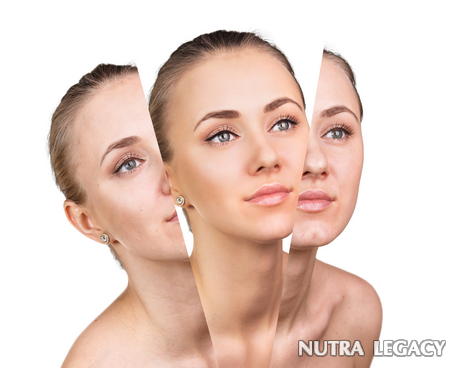What Causes Uneven Skin Pigmentation?

- Mostly based on genetics, melanin production determines all the various forms of skin pigmentation
- Hyperpigmentation is one type of skin discoloration condition where the skin produces too much melanin, causing dark patches to form
- Melasma is common form of hyperpigmentation. Its effects can be reduced by applying sunscreen when UV exposure is expected
Our skin is not only our largest organ but it’s also our most visible organ. That may be why problems with skin pigmentation can be so stressful even though they don’t necessarily cause any serious complications to our health most of the time. Understanding different problems and causes with skin pigmentation and how to treat them can be the first step to improving how you feel about your skin.
The Cause of Skin Pigmentation
If you’ve ever held your arm up to someone else’s from the same race and noticed the differences in coloration, you may have wondered why two people with the same racial background would have different skin tones. The answer comes down to skin pigmentation. In the epidermis, the upper layer of the skin, are the cells which produce melanin. Melanin is the chemical which changes our skin’s tone. Generally, our genetics tells those cells how much melanin to release and that determines our skin color. When we tan, the UV from the sun tells the cells to release more melanin in those areas of our bodies exposed to the sun.
Reasons for Skin Pigmentation Alterations
Just as how melanin levels can be increased by UV exposure, other environmental factors can influence the production. Heat, injury, and medications are some of the most common reasons for changes and unevenness in skin pigmentation. Emotional stress is also believed to result in skin color changes, too.
Changes in skin pigmentation may not be any cause for serious concern, although it can be visually undesirable. However, you should consult your physician because some of these changes can increase your vulnerability to types of skin cancer. That’s especially true when the pigmentation is reduced. Lighter skinner people, in general, are more affected by UV radiation and are, therefore, more likely to have their cells damaged by that radiation.
Two Problems with Skin Pigmentation
Although there are a number of skin pigmentation disorders, all of them can be classified in one of two categories. One of the categories is known as hyperpigmentation. This occurs when the cells begin producing too much melanin. When the opposite occurs and melanin production is reduced is hypopigmentation.
Melasma is one of the most common problems associated with hyperpigmentation. This often occurs during pregnancy to women and is marked by brown or tan splotches. While it does tend to go away after the birth of the baby, people with this skin pigmentation problem can also use prescription creams to help lighten the patches and sunscreen to stop the problem from worsening. Although melasma is most commonly associated with pregnancy, it can occur in men and non-pregnant women as well.
A common type of hypopigmentation problem is vitiligo. This type of skin pigmentation problem involves the formation of white patches on the skin. Normally it is caused when the immune system begins attacking the melanin-producing cells in the epidermis. As a result, the cells become so damaged they cannot produce the proper pigmentation. Creams and phototherapy can be used in the treatment of these patches.
The information supplied in this article is not to be considered as medical advice and is for educational purposes only.
|
One Response to “What Causes Uneven Skin Pigmentation?” | ||||||||||||||





 23 Nov 2008
23 Nov 2008
Does anyone know what EXACTLY can be used to heal skin discoloration caused by a rash? The rash itself was caused by detergent and is located inside my elbow. My mother keeps telling me i should go 2 a dermotologist, but i don't want to have to spend the money. PLEASE HELP!August 9th, 2010 at 1:23 pm